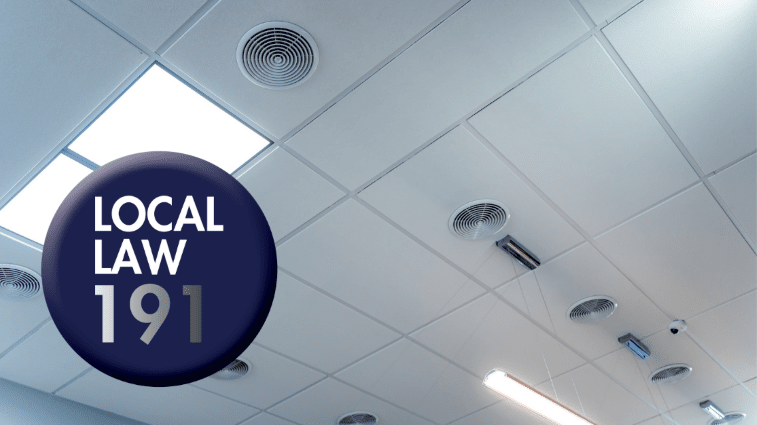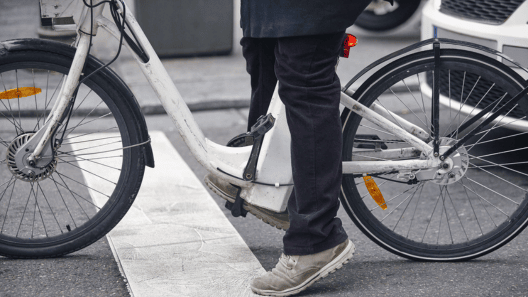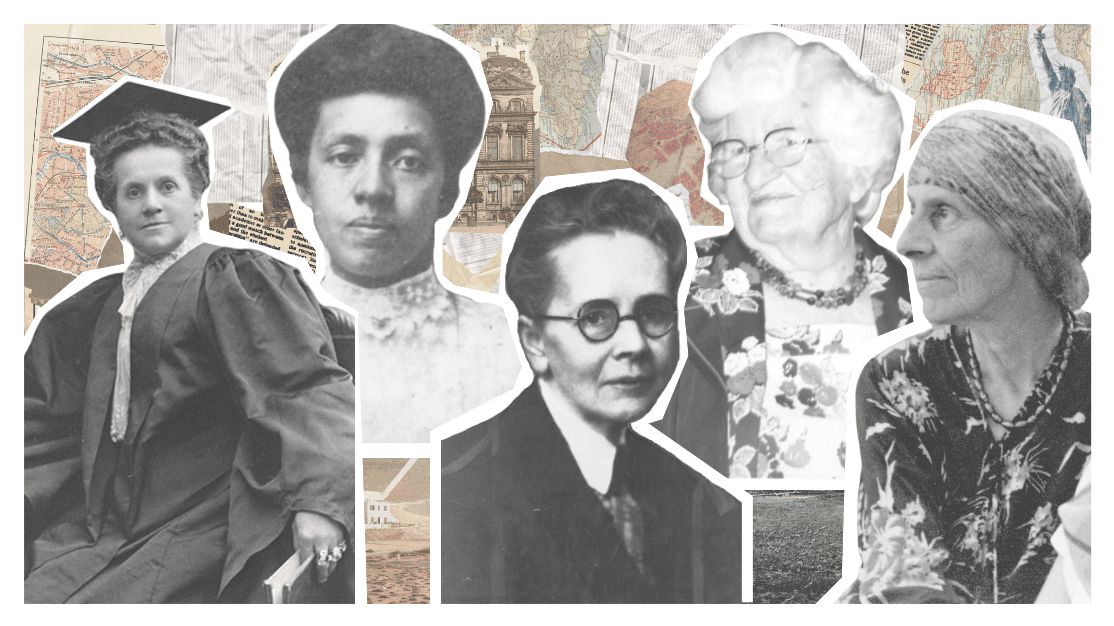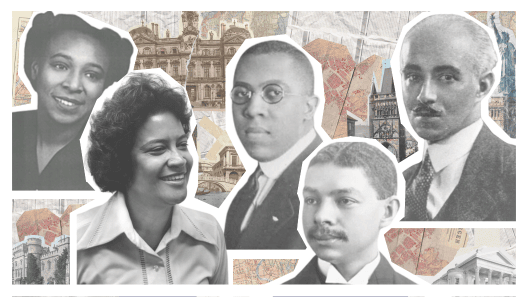
Local Law 191: Does Your Commercial Building Need a Carbon Monoxide Detector?
New law goes into effect January 1, 2021 – check your applicability!
Fall is here, and in the NYC construction business that means looking ahead to new building code regulations going into effect in 2021.
One of the more extensive updates is Local Law 191 of 2018. Based on the statewide Steven Nelson’s Law, LL191 requires existing commercial buildings with fuel-burning appliances and fire protection systems in Group A-1, A-2, A-3, B, or M occupancies to install carbon monoxide detectors by January 1, 2021. This will cover:
- Indoor public assembly spaces (other than indoor sporting arenas, which fall under A-4).
- Office spaces, including certain libraries and educational facilities.
- Restaurants (since they can fall under either public assembly and Group B).
- Stores, including department stores, drug stores and other retailers.
This is a huge retroactive provision, but an important one. While carbon monoxide alarms or detectors were already required in residential and certain institutional occupancies, commercial buildings had long been exempted, despite the fact that any enclosed space with fuel-burning appliances can pose a risk of CO poisoning. But a 2014 carbon monoxide leak in a Long Island restaurant, which killed restaurant manager Steven Nelson and sickened 30 others, made the oversight tragically apparent, leading to Steven Nelson’s Law in 2015.
If LL191 may apply to your building, here’s what you need to know.
Where are CO Detectors required?
- Rooms containing fuel-burning/CO-producing equipment (except kitchens).
- Any corridor on the floor where said CO-producing equipment is located, as well as one story above and below.
- Any corridor on a floor where an enclosed parking lot or a loading dock is located, as well as one floor above and below.
- Offices or booths located within said enclosed garage or loading dock.
What kind of CO detectors are required?
Complying with Section 908.7.3.1 of the 2014 NYC Building Code, CO detectors under this law must:
- Have built-in sounder bases.
- Transmit a signal to a central supervising station.
- Initiate an audible and visual supervisory alarm at a constantly-attended location.
- Shut down the CO-producing equipment if located in the same room, unless the source is a generator.
- Be installed in accordance with NFPA 720 – 2015 edition, as modified for New York City.
- Be listed in accordance with UL 2034 and UL 2075.
How do I get this approved?
Since carbon monoxide detectors fall under Fire Protection Systems, you’ll have to file a fire alarm application with the FDNY through their FDNY Business portal.
With the January 1 deadline looming, time is of the essence – FDNY review timing is estimated at 8-10 weeks for completion of initial reviews, plus 8-10 weeks for resubmissions in case of objections.
Please check if your building falls under the new requirements and get started on filing today. If you need assistance with filing in compliance with the new requirements, please reach out to us at Outsource Consultants.
Resources








